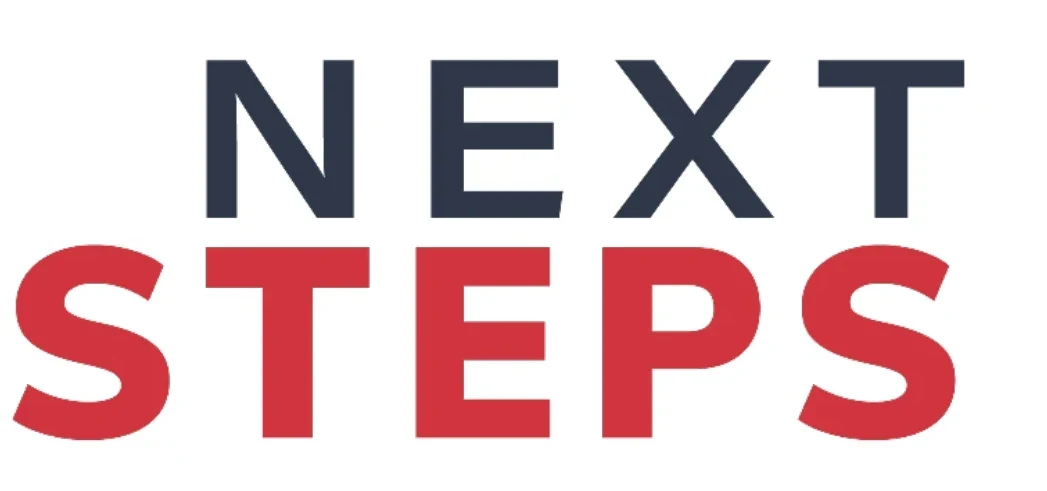
That’s one finding that jumps out after a slice-and-dice of the data from the latest Nation’s Report Card.
The data from the National Assessment of Educational Progress show eighth-graders in charter schools who qualify for the federal lunch program score almost as well as their peers who aren’t eligible. In traditional schools, on the other hand, those groups are separated by an 18-point gap.
Like other performance comparisons, the data generally shows gaps between disadvantaged students (like those with low enough family incomes to qualify for the federal lunch program) and their better-off peers are smaller in charter schools.
But in many cases, the differences in the NAEP data aren’t large enough to be statistically significant. In eighth-grade reading, they are. Of course, other factors, like student characteristics that don’t show up in the data, could help explain the difference.
The data aren’t as encouraging in eighth-grade math, an area where Florida’s students have traditionally struggled, though Matthew Ladner notes Florida charters seem to have avoided the drop in scores seen by their peers elsewhere. For what it’s worth, the same was true for public schools in Miami-Dade County, where low-income students also did well. Marianne Lombardo of Democrats for Education Reform highlights the performance of low-income charter school students in that district, which seems to have been among the few bright spots nationally.


